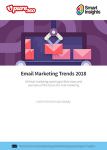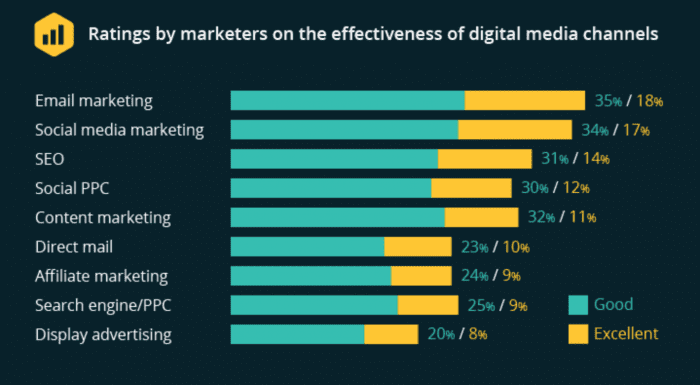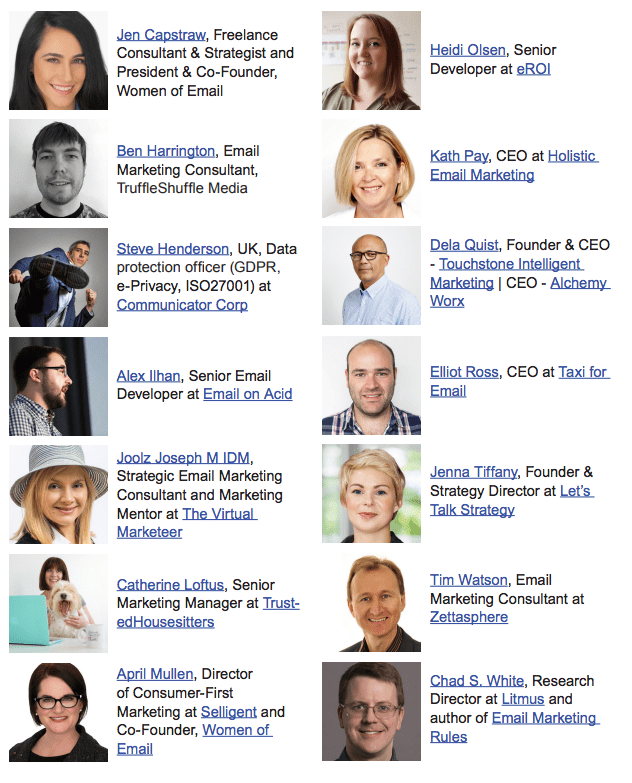Review your approach to email marketing by reviewing the latest trends
As 2017 draws to a close, we start to reflect on which channels worked the hardest for us. As marketers, this helps guide where we focus our efforts in the year to come.
Drilling down into your own data, and analysing it as a team, can help you get to grips with what you need to refine in 2018. But, sometimes, you need to take a breather from all that analysis and get some fresh perspectives.
In our email marketing trends guide, in partnership with Pure360, you can get just that. Unique insights from some of the UK’s leading industry experts. Experienced views that will help you refocus your strategy and kick-start your planning.
With the right technology in place, email is a powerful behavioural marketing tool that can totally alter the relationship a brand has with consumers. Personalized recommendations and other automations can a turn a customer’s fleeting flirtation with a brand, to a lucrative, long-term buying pattern.
Developments in machine learning have made email a more powerful tool than ever before. This technology has allowed us to lift the lid on consumer behaviour. The data we have gives us the power to predict and influence what the customer does next.
The creative, nuanced, and personalized journeys we are able to create as a result take customer experience to the next level. With email at the core, we’re able to strengthen the bond between the brand and the customer at every available touchpoint.
The impact this has on revenue is game-changing. Email is alive and kicking in 2018.
Expect to see successful brands implementing:
- Easy-to-understand consent confirmation campaigns
- Innovations in email rendering and email features
- Device friendly emails
- Intelligent personalization
- Sophisticated segmentation
- More effective subject lines
- Better customer experiences
- Advances in the way emails are coded
Email is the most effective digital technique
In 2018, Email Marketing is one the most effective techniques for digital marketers, so keeping up-to-date with the latest trends in the industry is super important. Our recent research on the State of Email marketing in 2017 with partners GetResponse showed that marketers rate email marketing one of the most effective digital media channels.
Email competes with organic and paid search amongst the main channels driving orders. Email marketing delivers far higher volumes than PPC (9%) or display (8%).
Given the ongoing importance of Email marketing for customer acquisition and retention in most organizations, understanding and testing the latest email options and techniques we cover in this guide is essential for businesses to stay engaging and competitive ‘in the inbox’.
But, we should also take care to get the fundamentals right. A strategy is very important, but if you don’t have a solid foundation of email techniques and best practices, there is very little point in having a strategy.
Expert contributors
We have had a range of email experts contribute to our Email Trends 2018: A visual guide report, who have provided actionable expert advice for the state of email marketing in 2018.
Trend 1. Increased Regulation
There has been an increased focus on legal regulations within the email marketing world. Marketers are currently in a frenzy with the upcoming General Data Protection Regulation (GDPR) because of the worry of fines. It is important to remember that this regulation is being created to protect consumers and help marketers to stay within the law. Ethical marketers will agree this is a good thing since we are responding to consumer concerns and this should improve brand perceptions.
Steve Henderson, Data protection officer at Communicator Corp
Back in 2013, while the GDPR was still in the early stages of planning, review, and rewrites, the then Vice-President of the European Commission, Viviane Reding spoke of her ambition for the GDPR to become the international gold standard for data protection. Part of this vision included1 using a harmonized approach between the EU and U.S. to set models for others to follow. While that harmony may not have progressed as anticipated, Jan Philipp Albrecht is continuing this rhetoric, holding the GDPR up to serve as the “global gold standard for every new innovation, for consumer trust in digital technologies and for an entry point to the growth opportunities of an emerging digital market.”
Lack of trust in digital economy
This year / 2017 saw a new wave of fake news, data breaches, ransomware attacks and an increase in online identity theft. Study after study2 show that consumer trust just isn’t there.
When looking specifically at email, the latest 2017 DMA “Marketer email tracking study” showed that trust is the most important factor in getting people to sign up in the first place, but that email marketers are abusing that trust “with fewer than one in 10 marketers (9%) saying all their emails are relevant to their customers and more worryingly, only two in five (42%) say that at best ‘some’ of their emails are relevant”.
Rachel Aldighieri, MD at the DMA, summed this up perfectly:
“If email is to continue to grow and thrive as a channel, then marketers need to heed consumer concerns and give them what they want.”
Marketers need data to make sure emails continue to be welcome in the inbox. Consumers want an enhanced, but safe online experience. Trust is going to determine whether both marketers and consumers get what they want.
We know that 2018 will see the GDPR coming into force, but is this going to change anything and will it be the promised gold standard?
To view more email marketing trends for 2018 – download our free resource: Email Trends 2018: A visual guide.



